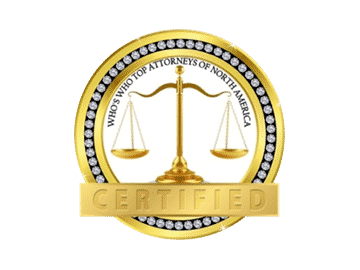Filing A Social Security Claim

At some point in your life, you will probably encounter the need to file for social security. As of 2011, over 56 million people in the United States, approximately 18% of the population, were receiving some form of benefit from Social Security. With so many people depending on this program, it is natural that people would need help with this process.
There are four types of social security assistance. They are as follows:
- Retirement
- The amount you receive from retirement Social Security depends on the age you are when you file for it. In some cases, there are incentives for waiting longer.
- Disability
- Disability benefits are awarded after you have been at a place of employment for a particular period of time. The benefits exist to help provide an income when you are seeking medical treatment, are disabled, or are injured.
- Dependents
- A spouse of a retired or disabled worker who qualifies for Social Security retirement or disability benefits may be entitled to benefits based on the employee’s earning record. Minors may be eligible as well.
- Survivors benefits
- A surviving spouse or child of an employee who had qualified for Social Security retirement or disability could be entitled to benefits.
Qualifications for Approval
After filing a claim, the Social Security Administration will check your current or previous employment to verify when you last worked and if you have worked since applying for benefits. If you are still working while applying for Social Security benefits (SSB) and are making more than $1,090 per month, you will not qualify for disability benefits even if you have an impairment that meets the qualifications.
Severity of Disability
The Social Security Administration will determine the severity of your impairments if you are applying for disability benefits. If the medical consultant assigned to your case does not conclude that your injury significantly limits the work that you could do, your claim could be denied. Mental and physical impairments are the main indicator of your ability to function. For example, hypertension could make it difficult to do physical work but it is a condition that can be controlled with medication, so the injury would be considered “not severe.”









